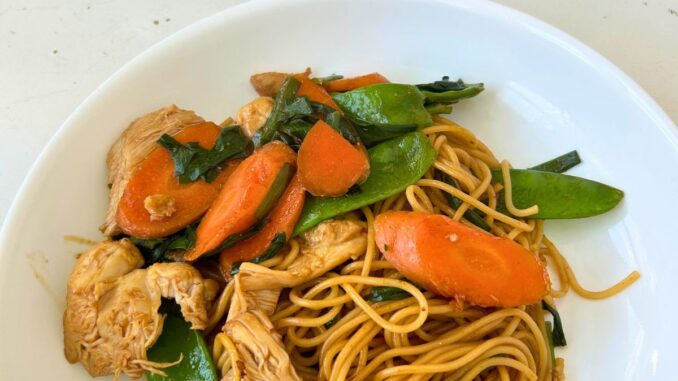
My dear friend, Mary, gently reminds me from time to time that she wishes to have a Nut Free Wok Allergy Aware Asian Fare recipe for Chicken Lo Mein. This Chicken & Vegetables Lo Mein recipe is a veggie packed recipe that is great for weekday dinners.
Disclaimer: Please check that all ingredients are suitable for your allergies and be sure to ask your medical care team regarding any allergy related questions (I do not share medical advice). As an Amazon Associate I earn from qualifying purchases.
Update: this post was updated on April 3, 2024 with more information and new photos. The recipe was slightly edited for clarity.
Jump to RecipeMaking Nic’s Lo Mein Recipe
Some food blogger friends decided to try cooking and sharing each other’s recipes and I was introduced to Nibbles by Nic and her recipe for “Lo Mein is Back (More Veggies & Healthier).” Her recipe wasn’t anything like my recollection of a plate of egg noodles with a bowl of broth on the side but I was excited to make her tasty looking recipe.
I made some adaptions, I added more pasta and a lighter sauce to suit our family’s preferences. I didn’t have cooked chicken on hand either, such as a rotisserie chicken breast. Instead I cooked some chicken thighs and chopped them when they cooled down.
Because I have been busy with a home project, dinner was late. I served up a dish, took a quick picture, and had dinner with my hungry family. The kids enjoyed some veggies with their noodles and I enjoyed some noodles with my veggies. Everyone was happy, full, and we had plenty for lunch the next day. Thank you, Nic, for sharing your recipe with me!
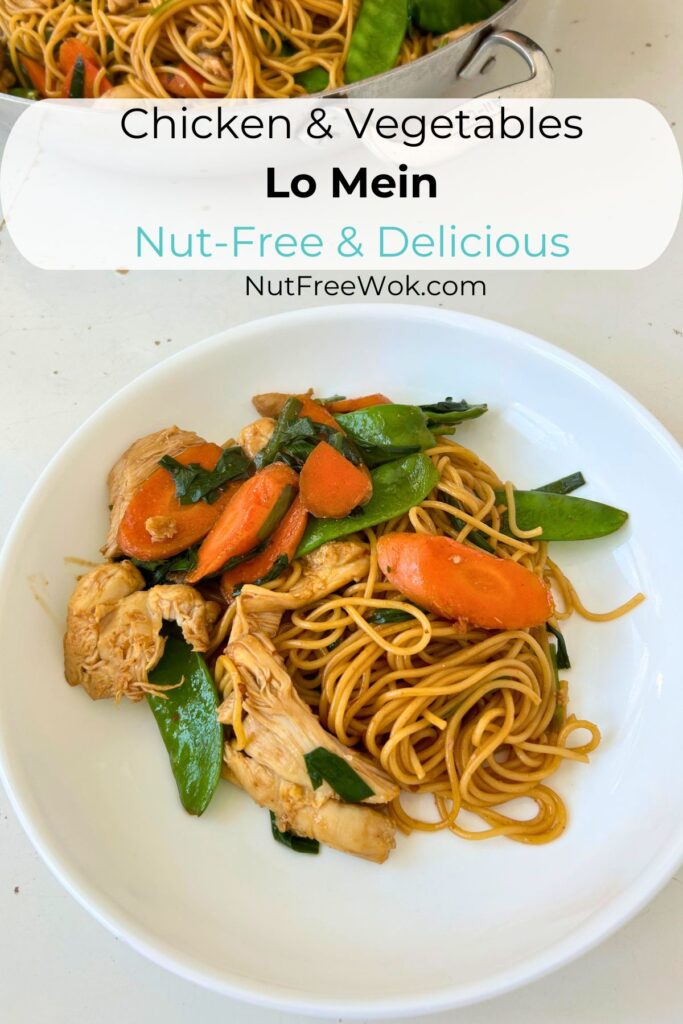

Is Lo Mein nut-free?
Chinese lo mein is typically a peanut-free and tree-nut free recipe. It’s easy to make an allergy-safe meal for someone with a nut allergy. However, it’s important to prevent cross-contact and to use allergy-safe ingredients. The fun part is figuring out what to make for dinner.
What’s the difference between Lo Mein and Chow Mein?
I’ve had Lo Mein a few times in my life. But I couldn’t imagine why a plate of egg noodles, with small amounts of meat and veggies, with a bowl of broth on the side to pour over the noodles would generate a lot of enthusiasm or interest from many Nut Free Wok readers besides Mary.
I personally would want a recipe for Chicken Chow Mein, which is stir fried chicken with vegetables, seasoned with sauce, a touch oily, and with “wok hay.” I usually make a lighter and simpler version at home. Make a stir fry, add some cooked noodles, add some seasoning, stir, and serve.
What’s Duck Sauce Got to Do with Lo Mein?
Still something about what is lo mein didn’t seem right to me. Is lo mein a stir fry with noodles in it or is it noodles with a bowl of broth on the side? I couldn’t publish this post and didn’t know what I didn’t know until I remembered the time my friend, Susan, tagged me in a Facebook post about a Smithsonian article, “What Exactly is Duck Sauce” to ask me what’s my opinion regarding duck sauce. Duck sauce? I had no idea.
The resulting discussion was quite amusing as my east coast friends talked about their experiences with duck sauce, a orange colored sweet and sour sauce. My west coast friends and I were basically baffled as it’s not a commonly served condiment. The only condiment we eat with duck is hoisin sauce, which is dark brown, sweet, and salty sauce.
My friends and I had some fun exchanges with our casual observations which led to some anthropological comparisons. I realized that there are differences between Chinese-American cuisine on the East and West coasts! I wished I had eaten at some Chinese restaurants when I’ve visited the East coast!
The Great Lo Mein Mystery Solved!
I felt closer to figuring out what exactly is lo mein when I checked online.
- On the west coast, lo mein refers to egg noodles with a bowl of soup on the side, it’s also known as Hong Kong style lo mein.
- On the east coast, lo mein refers to a dish that is a stir fried noodle dish seasoned with sauce, which people on the west coast call chow mein.
Well, that begs the question what is chow mein?
- When people on the east coast order chow mein, they are expecting a crispy fried noodle that is cake shaped with a stir fry with brown sauce on top.
- On the west coast, we refer to that kind of chow mein as Hong Kong style chow mein or crispy pan fried noodles.
Now I have a better idea of Mary’s request, we both want the same kind of recipe but we have different names for them. The same dish has different names depending on which coast you live.
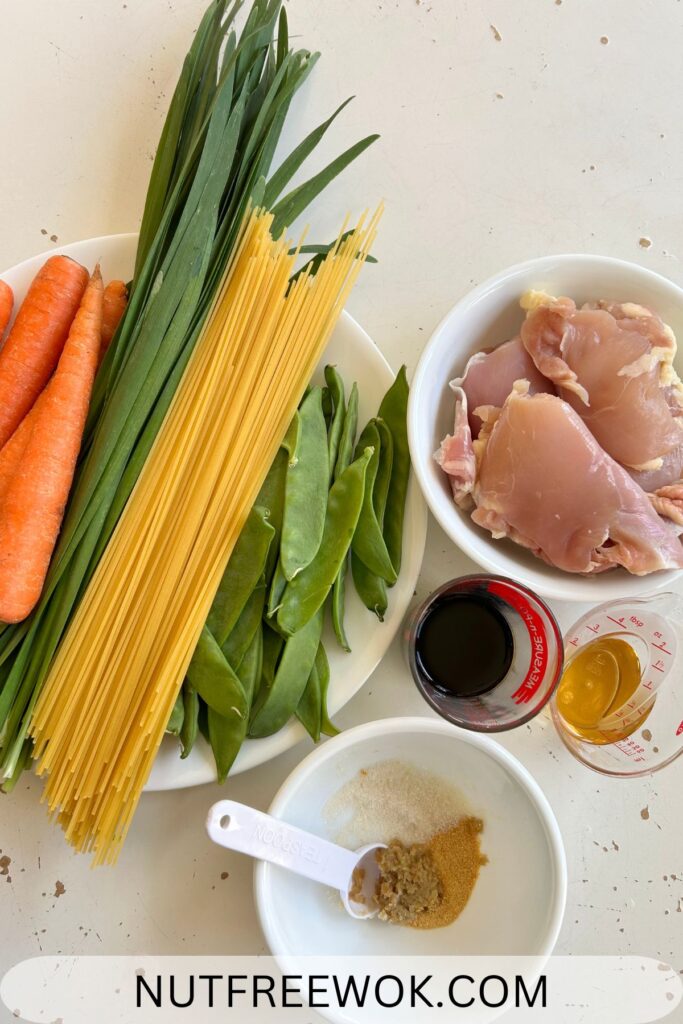

Chinese Vegetables:
Snow peas is a type of pea which have an edible pod and look flat because the pea is tiny. Lightly stir fry them and they should taste sweet and crunchy. They’re commonly used in Chinese food and are in season during late winter and early spring. If you can’t find snow peas, you could substitute with sugar snap peas.
Garlic chives is a Chinese version of chives and have a flat appearance. The original recipe uses garlic chives and garlic chive flowers interchangeably, which is ok only if the garlic chive flowers are very tender and allow more time to cook. I have a Stir-Fried Garlic Chive Flowers Recipe.
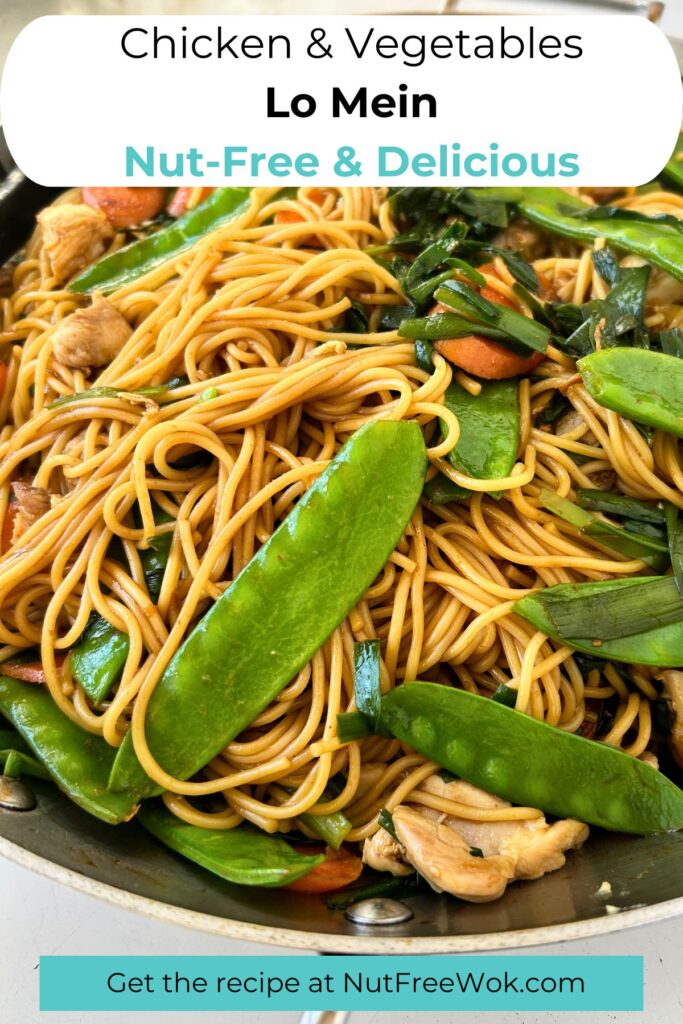

Allergy Aware Lo Mein
Lo mein is usually made with a wheat based egg noodle but we avoid egg noodles due to my son’s allergy to egg. I have found that egg-free angel hair or capellini pasta works very well as a substitute for egg noodles. For this kind of recipe, you can easily substitute any kind of allergy-safe pasta that won’t fall apart from the stirring.
There are plenty of great soy sauce alternatives and if you want, you can also try making your own soy-free soy sauce.
If you’re not avoiding soy, I like using Kikkoman or Wan Ja Shan which is made in a peanut/tree nut free facility. San-J tests their rinse water for nut residue and make gluten-free tamari sauce. If you need help finding ingredients, check What’s in Nut Free Wok’s Cupboard? Allergy Aware Ingredients.
If one is allergic to cornstarch, try substituting tapioca or potato starch instead. You can just omit or substitute the other ingredients with something similar, enjoy!
This recipe as written is free of peanuts, tree nuts, egg, dairy, shellfish, fish and sesame.
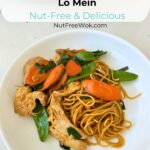

Chicken & Vegetable Lo Mein
This Chicken & Vegetables Lo Mein recipe is a veggie packed recipe, adapted from Nibbles by Nic with permission.
Ingredients
- 1 pound cappelini or angel hair pasta
- 2 teaspoons olive oil divided
- 1.5 pounds boneless, skinless chicken thighs (approximately 6)
- 1/4 cup soy sauce or to taste
- 1/4 cup water or reserve pasta cooking water
- 2 tablespoons rice vinegar
- 2 tablespoons cornstarch
- 1 tablespoons sesame oil omit if allergic
- 1 teaspoon garlic powder
- 1 teaspoon ginger powder
- 1 teaspoon sugar
- 1 pound garlic chives* chop into 1 to 1.5 inch pieces
- 4 medium carrots peeled and thinly sliced
- .5 pound snow peas trim ends
Instructions
-
Cook pasta according to package instructions until al dente. Reserve 1/2 cup of pasta water and drain the pasta in a colander.
-
Heat up a large skillet (12-14 inch) on medium heat, add 1 teaspoon olive oil, and pan fry chicken on both sides until cooked thoroughly, set aside to cool, and chop into bite sized pieces.
-
Prepare sauce by combining soy sauce, water, rice vinegar, cornstarch, sesame oil (if using), garlic powder, ginger powder, and sugar in a small mixing bowl and set aside.
-
In the same skillet, add another teaspoon of olive oil and stir fry the sliced carrots for 3-5 minutes. Add the garlic chives and stir fry until the chives are bright green ( 1minute).
-
Add snow peas, stir fry for 1 minute. Add the chopped chicken back into the pot and stir. Add the cooked pasta into the pot. Stir the cornstarch slurry and pour over the noodles.
-
Stir to combine the noodles with the stir fry until the sauce thickens or is absorbed by the pasta.
Recipe Notes
*The original recipe uses garlic chives and garlic chive flowers interchangeably which is ok only if the garlic chive flowers are very tender.
If you like this recipe, you might like some of my other Asian carbs + protein stir-fry dishes:
- Garlic Noodles Recipe, Vietnamese Inspired, part of a 3 recipe meal plan with salmon and cheesy roasted cauliflower
- Rice Ovalettes with Pork and Vegetables Stir Fry Recipe (Chao Nian Gao)
- Delicious Beef Japchae, A Korean Glassy Noodle Stir Fry
- Vegetable Yakisoba Japanese Stir Fried Noodles with Veggies
- Beef Chow Fun Recipe
- Peanut Free Pad Thai That You Can Eat Everyday
Thanks for reading, please help Nut Free Wok!
If you like this post or recipe, please be sure to give a 5 star rating, leave a comment, and share this post! Your support means a lot to me.
Subscribe to Nut Free Wok’s email subscription (be sure to respond to the confirmation email). You will be notified by email next time I publish another post or recipe and I won’t send you spam or share your email address with anyone.
Disclosure/Disclaimer:
I may mention the names of stores and/or brand names of products that I use because readers ask and I share products and sources which I use and think may be helpful to readers, all opinions are my own. Please note that manufacturing practices and ingredients can change at anytime without notice and readers are always responsible for assuring allergen safety before buying or consuming foods. NutFreeWok.com is a participant in the Amazon Services LLC Associates Program, an affiliate advertising program designed to provide a means for sites to earn advertising fees by advertising and linking to Amazon.com. Thank you for reading!
Disclaimer: Please check that all ingredients are suitable for your allergies and be sure to ask your medical care team regarding any allergy related questions (I do not share medical advice). As an Amazon Associate I earn from qualifying purchases.

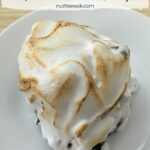
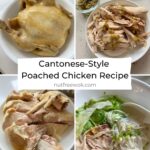

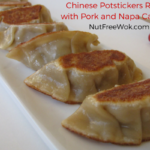
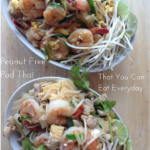
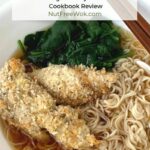

I’ve noticed a huge variation in chow mein lately. Most of the restaurants we order it from it’s in a sauce that is almost white in color and lately we’ve ordered from a newer restaurant and it’s more of a brown sauce. Either way, I feel I can never go wrong w/ Asian cuisine. I am a big fan of lo mein so I’m happy to see this recipe! Thanks!
What an awesome surprise was waiting for me this morning!!! I am beyond excited! This is something that has been important to kiddo and I have failed to deliver. I can do this!!!!
Sharon, what a WONDERFUL post! Lo mein, chow mein, hokkien – all the terms ARE used quite loosely and I love love LOVE that you have done the research and explained it properly. It IS one of those things I always “meant to clarify”, and now you’ve done it for me!! Thanks Sharon. 🙂
I’m sharing this recipe to some boards with dietary requirements who will be THRILLED to find an authentic lo in recipe. 🙂 I think your blog is fabulous and what you do to share amazing food for those with dietary restrictions is truly amazing. I have friends who are horrendously allergic to seafood and peanuts (life threatening) so I am genuinely very away of such things.
Hope you have a wonderful weekend!! 🙂
Ohh I love Asian food and I Love even more that it’s gluten free! Thank you so much!
Yum, I love lo mein, your version sounds incredible!
Thanks so much, Joy! Thanks for stopping by and leaving a comment!
Lo Mein is a favorite but I have never really tackled it at home. I can’t wait to try this.
Thanks, Michelle! Let me know how you like it, I know you love to make Asian food. I want to try some of your awesome recipes. <3
Your recipe looks delicious and we had something similar last night!
Thanks, Joanne!
This looks so yummy! What rice vinegar and sesame oil brands could you recommend if peanut allergic?
Hi Michelle, I use Marukan/Kikkoman rice vinegar because it’s the same brand that I’ve used for the last 25 years (!) and have never called since using it has been reaction free. I was shopping today and saw that Wan Jan Shan (peanut/tree nut free facility when I checked last year) also carries a rice vinegar. Sesame oil is a little tricker to source peanut and tree nut free as there is a higher risk of being manufactured on the same equipment as nut oils. My all time favorite brand (pre-food allergies) is Maruhon which I talked about in this post , it’s the best. Some other brands you can consider are Lee Kum Kee (tastes OK, not very responsive regarding consumer questions, but pn/tn free according to an email that a friend shared) and Kevala (haven’t tried, so I can’t comment regarding the taste, definitely responsive via email). I hope that helps.
Really, duck sauce is an east coast thing? west coasters don’t know what they are missing 🙂 I miss Chinese food so much since we discovered FA, but haven’t yet attempted to make it at home. Maybe this will be my first experiment!
Yes, and my kids are waiting for mid-westerners to respond with their take on duck sauce. I can’t wait to try duck sauce next time I’m on the east coast. You can totally make this recipe, let me know how it goes for you! I learned how to make pad thai based on strong reader requests.
Sharon, this is such an interesting post. I had no idea about the chow mein vs. lo mein variations on east coast and west coast!
I am going to try your recipe. I’m not big on pasta of any type. Do you think shiritake noodles (made from soy or yam) could work in this recipe instead? I am thinking they might.
Also, if you really want some duck sauce, I can send you some! My husband orders Chinese takeout frequently, and they always include packets of duck sauce he never uses. I don’t use it because I believe it’s preserved with sulfites.
Lynda
Lynda, you are so sweet! Yes, I would love to try some duck sauce (and go easy on it because I try to limit our intake of sulfites) but I can also wait until I see you in person (maybe November in Denver?). Yes, shiratake noodles would work great and be all nice and slippery slidey mixed into the noodles. That would be a great way to make the recipe free of wheat (but it won’t be considered lo mein or chow mein since shirataki noodles are Japanese). It’s a great idea!
I am glad I came across this recipe. I made another one and it didnt turn out so great. Also I just found out that there is sesame oil in lo mein! Who knew? Not me of course. Oh and did I mention I have a son who has a peanut shellfish allergy and has been eating lo mein for years from our favorite Chinese Restaurant and nothing. So I called and they were sad to hear I wasnt ordering but answered my concern about lo mein and using sesame oil. “Yes they do”. SMH. I think this is something that should be disclosed to the public especially to those with a peanut shellfish allergy.
Cant wait to try to see how omitting the sesame oil.
Hi Andrea, I hope you enjoy the recipe, please let me know how it works out for you. You mentioned that your son has peanut and shellfish allergies, but not sesame and it seems like you’re avoiding it even though he’s eaten it in the past without reaction. What does your allergist say about sesame?
Wow, love this Great Lo Mein